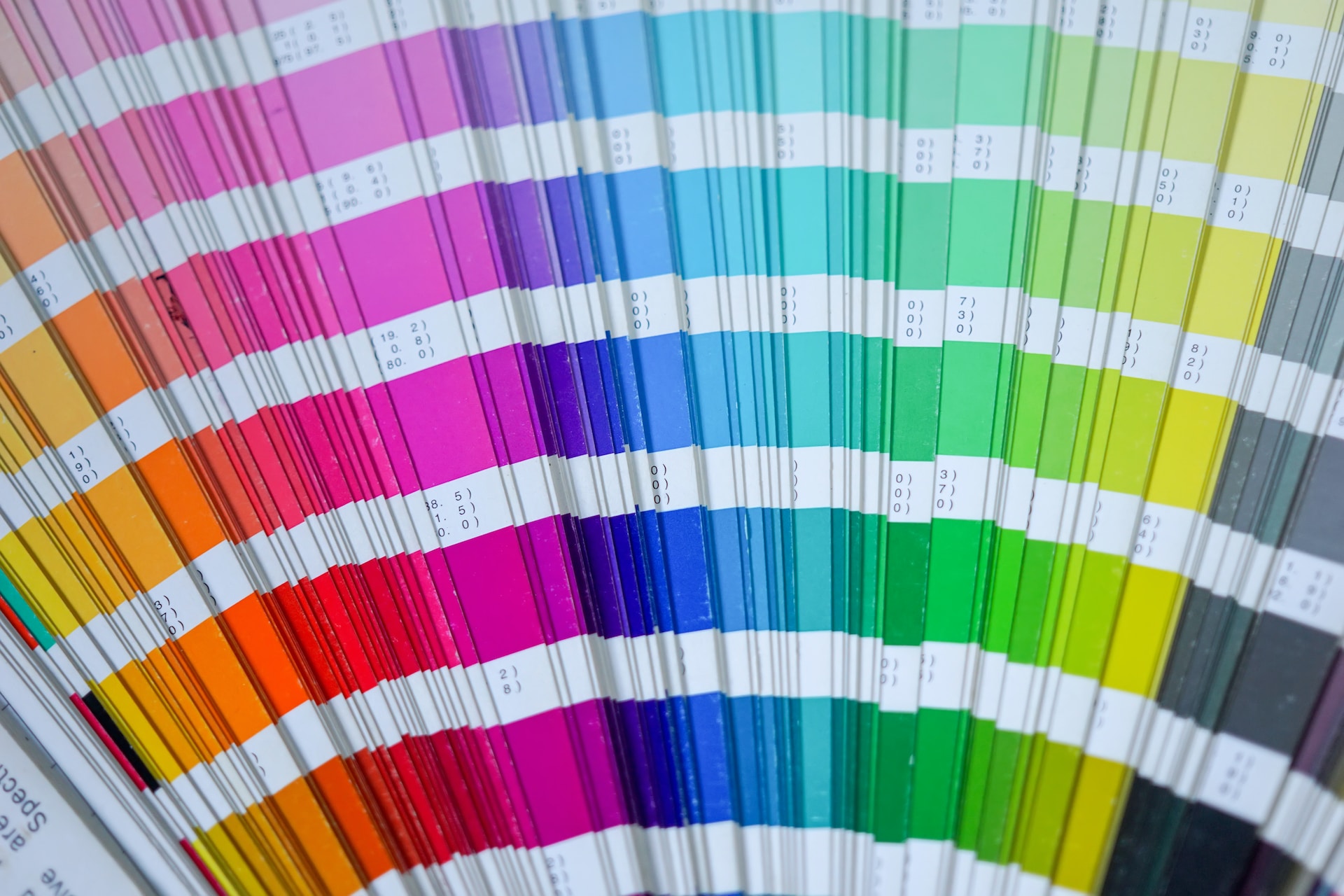In a rapidly evolving literary landscape, the days of solely relying on traditional publishing houses to bring authors’ creations to the reading public are fading.
A literary revolution has taken shape, one that champions self-publishing as a powerful avenue for writers to carve their literary destinies. Among the arsenal of tools reshaping the publishing landscape, one innovation stands tall: print on demand technology. This article dives into the narrative of how print on demand is rewriting the self-publishing playbook, empowering authors to seize control of their literary journeys in unprecedented ways.
What Is Print On Demand?
True to its name, print on demand is an innovative digital printing technology for creating books. This method ensures that books are printed exclusively in response to customer orders. The beauty of this approach lies in its ability to spare publishers from hefty investments in extensive print runs and the potential problem of unsold inventory. With print on demand technology, publishers can precisely meet demand, producing as few as one or as many as one hundred copies of their print on demand products as dictated by market needs.
How Does Print On Demand Work?
Print on demand uses digital files to print books almost instantly without necessitating significant upfront investments in equipment and materials. The process typically begins with an author submitting a book manuscript for layout design and formatting specifically for printing on demand. Once designed, the file goes through checks for layout errors and font consistency, among others, before being approved by both parties.
Once finalized, publishers upload these formatted files onto an online portal accessible by leading print on demand companies like Amazon’s Kindle Direct Publishing (KDP), IngramSpark, or Barnes & Noble’s NOOK Press. Customers can conveniently acquire digital or physical copies of these books through many online retailers globally, including Amazon.com and Barnes & Noble. With digital copies, the joy of immediate reading is at their fingertips, while for paperback covers, anticipation builds as they await the arrival of physical editions.

Benefits Of Print On Demand
There are several benefits of using print on demand technology in book publishing:
1) No Risk With Large Up-front Investments: Unlike traditional publishing methods that require authors to invest many thousands upfront on inventory production documents like proofs. There’s no need for high volumes printing runs or packaging until orders come through – meaning less financial investment upfront before ROI kicks in significantly.
2) Lower Per-Unit Cost: Print on demand has become more affordable in recent years, making it possible for smaller publishers with smaller print runs to compete effectively against their larger rivals. This means self-publishers can print books on demand at affordable per-unit prices without stockpiling inventory and materials.
3) Quick Turnaround Times: Print on demand technology has significantly reduced the time frame between ordering and shipping book prints compared to traditional publishing methods. This means that authors can have their books published and in the hands of readers faster than ever.
4) Customization Options: Because each copy is printed separately after being ordered, print on demand allows for more customization options than conventional printing methods. Authors or publishers have more control over the type of paper used, font styles, cover material, images added to the content, etc.
5) Painless Revisions: It’s easy to update a book version via files uploaded onto an online portal if needed with little or no costs involved. This nifty feature saves self-publishers significant time compared to delays experienced when using traditional printing houses, which entails submitting proofs back and forth for review again.
6) More Control Over The Process: Through every phase, from layout design and format specifications to meticulous proofreading and final approvals, print on demand empowers you with unrivalled control over your book’s journey. This holistic authority safeguards the integrity of your vision, granting you the ability to sustain a seamless narrative trajectory. Unlike the uncertainties often accompanying outsourced work, the print on demand route ensures a harmonious evolution from inception to completion, sparing you from common disruptions.
Conclusion
In the grand tapestry of book publishing, the advent of print on demand technology has woven an intricate transformation thread. Self-publishers now stand poised at the precipice of a literary revolution, encouraged by a tool that democratizes access to markets and eradicates the constraints that once confined authors’ dreams within the traditional publishing sphere. The impact of print on demand reverberates through lower costs, faster turnarounds, and the liberation of customization. This seismic shift empowers creators worldwide, reaching even the farthest corners of the globe, bridging the geographical gaps that once seemed impossible. As we stand on the cusp of a new digital age, the legacy of print on demand promises to amplify, nurturing a landscape where storytelling knows no boundaries and self-expression finds its unbridled voice in the global chorus of literature.














